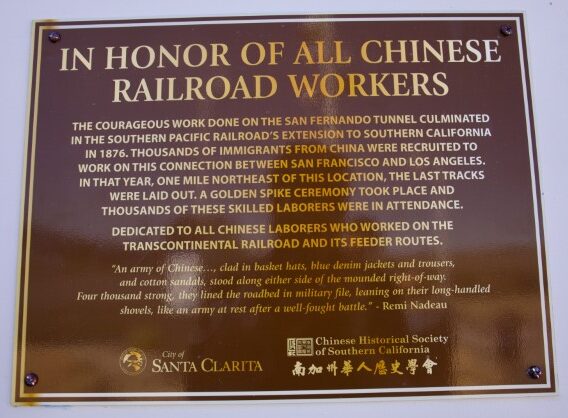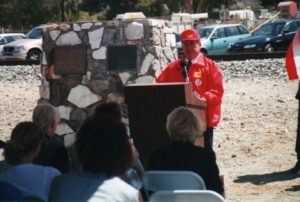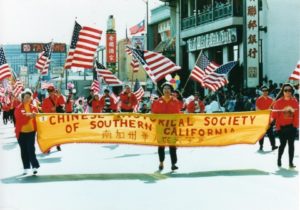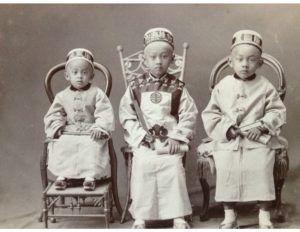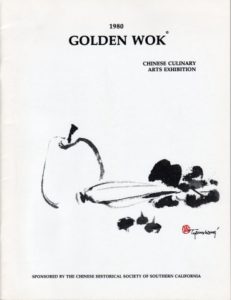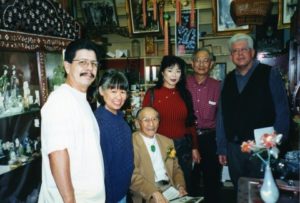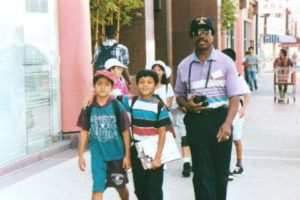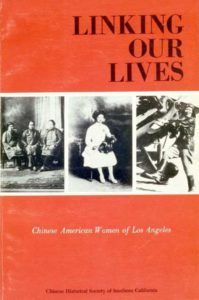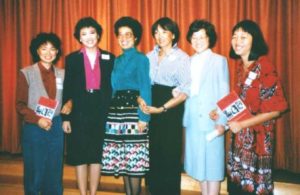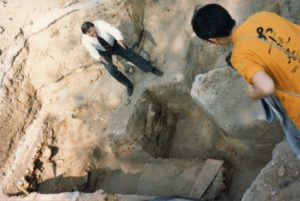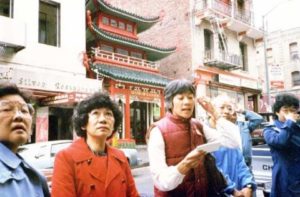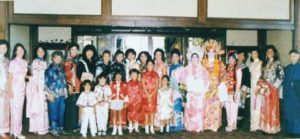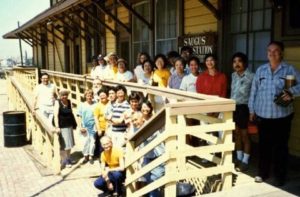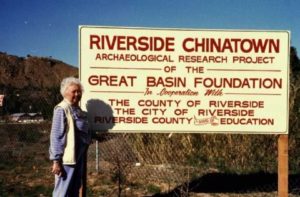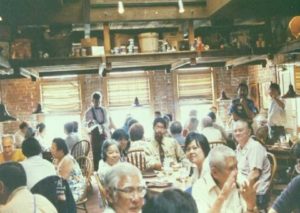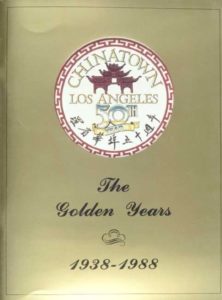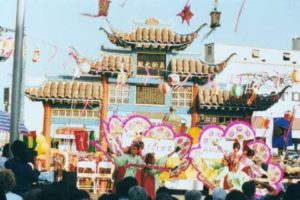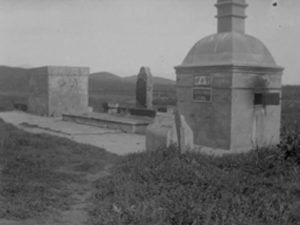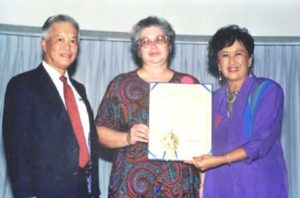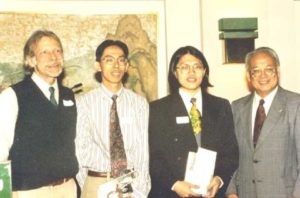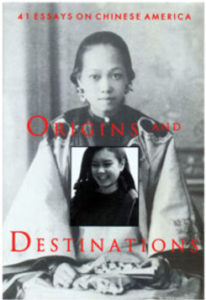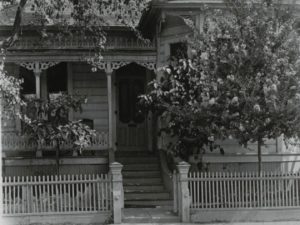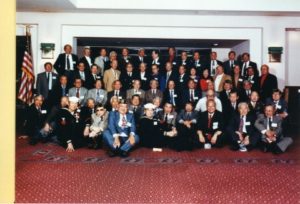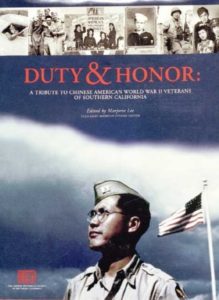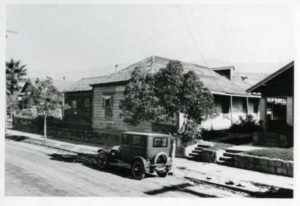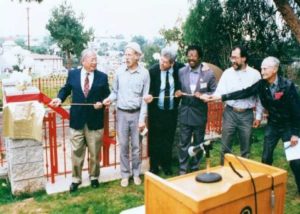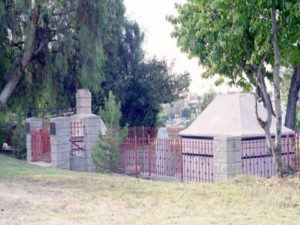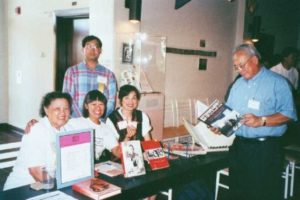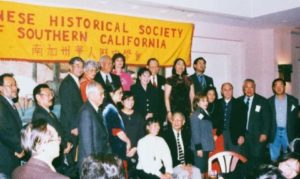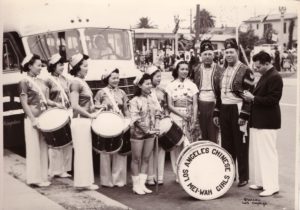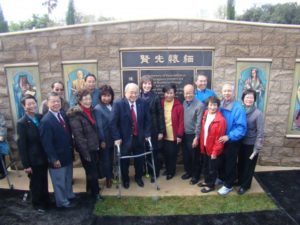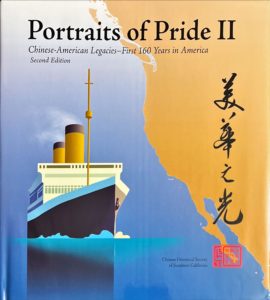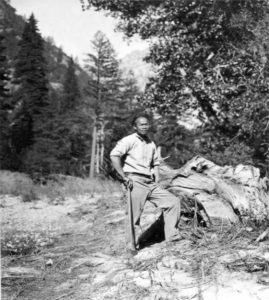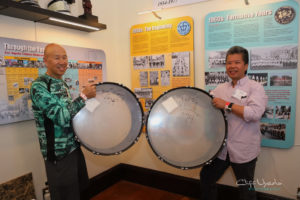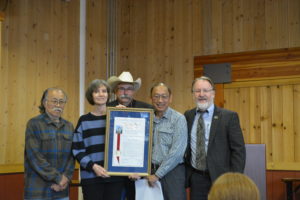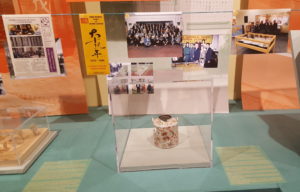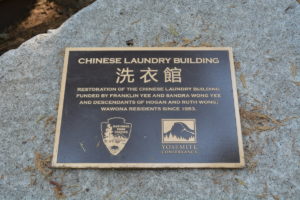Founding and History of the Chinese Historical Society of Southern California
The Chinese Historical Society of Southern California (CHSSC) was organized in November 1975. The mission for the Society is to bring together people with a mutual interest in the important history and historical role of Chinese and Chinese Americans in southern California. To pursue, preserve and communicate knowledge of this history, and to promote the heritage of the Chinese and Chinese American community in support of a better appreciation of the rich, multicultural society of the United States.
Led by a diverse group of members, CHSSC has planned and implemented a wide slate of activities.
Chinese Historical Society of Southern California Timeline

After two years of planning by three founders, Paul Louie, William Mason, and Paul De Falla, CHSSC holds its first meeting in the basement of Cathay Bank in Los Angeles Chinatown. Stan Lau is elected as the first president.
With the Santa Clarita Valley Historical Society, CHSSC co-sponsors the installation of the Lange Station historical marker commemorating the Chinese railroad worker's contributions to the Southern Pacific line connecting San Francisco and Los Angeles and the centennial of the Western Golden Spike ceremony. Chuck Yee leads a walk through the 1.25 mile San Fernando Tunnel, built by Chinese workers 100 years earlier.
CHSSC creates by-laws and is incorporated in California as a non-profit
When the survival of the Chinese memorial shrine in historic Evergreen Cemetery was in question in 1990, the Chinese Historical Society of Southern California launched a campaign to preserve it for posterity.
The Shrine, built in 1888, is recognized as the earliest structural evidence of Chinese culture in Los Angeles and was declared Los Angeles Historic-Cultural Monument No. 486 on August 31, 1990. Taking further action to protect the endangered monument, the Chinese Historical Society, under Randy Bloch's leadership, purchased the Memorial Shrine and the land on which it stands on September 17, 1992 and begins restoration work.
Under Randy Bloch's leadership CHSSC successfully obtains L.A. Historic-Cultural Monument status for a 19th century Chinese shrine in Evergreen Cemetery. CHSSC purchases the shrine and surrounding plots and begins restoration work.
Led by Stanley Mu, CHSSC organizes a National Chinese American Studies Conference at California State University, Los Angeles.
CHSSC awards its first scholarship for students pursuing research on Chinese American subjects
CHSSC co-sponsors the exhibit "Painting with Light: Life Achievements of James Wong Howe" on the Chinese American cinematographer.
Phase One of the Chinese memorial's conservation–construction of a protective wall, wrought-iron fence, steps and a gate–was completed in June of 1995 through private donations and a grant from the City of Los Angeles Cultural Affairs Department.
Phase Two–reinforcing and refurbishing of the monument's structural elements and recreation of its center stone or stele– was completed in June, 1997.
CHSSC hosts the 19th-Century Chinese Memorial Shrine restoration completion and re-dedication ceremony.
CHSSC hosts the first annual event at the historic shrine at Evergreen Cemetery.
CHSSC publishes this book (edited by Susie Ling) that explores the history of Chinese Americans in Southern California.
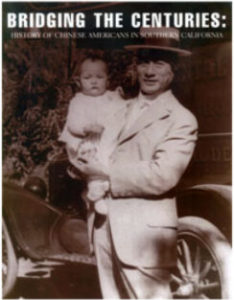
Revisiting East Adams captures the history of a Chinese community in downtown Los Angeles from the 1930s to 1950s.
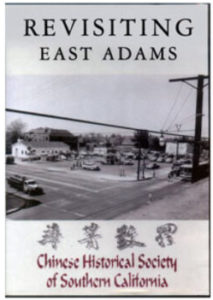
CHSSC becomes involved in the disposition of the disinterment of 128 burials, and artifacts, during the construction of the Metro Gold Line. Of the 128 human remains, 19 were identified as Asian.
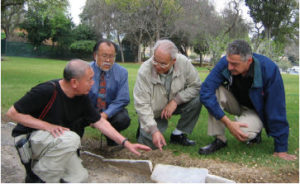
CHSSC is notified that Chinese headstones were lining the driveway next to the crematorium at Evergreen Cemetery.
The Bazaar , which is hosted by USC, features exhibits and educational programs.
CHSSC publishes this book (by Jenny Cho) with historic images of the multiple incarnations of Los Angeles Chinatown.

CHSSC becomes involved with the historic preservation struggle of this building. Demolition is temporarily averted. The National Trust for Historic Preservation recognizes the site on its America's 11 Most Endangered Sites list.
CHSSC publishes this book (by Jenny Cho) with historic images of Chinese Americans involved in them film industry.
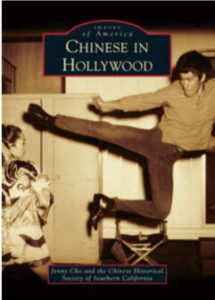
CHSSC publishes Roads Into and Out of Chinatown (by Dr. Annie Siu), an autobiographical account of a Chinese American dentist, and Fighting for the Dream ( by Victoria Moy), a collection of oral histories from Chinese American veterans.
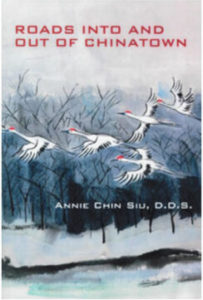

CHSSC organizes this field trip to celebrate the 100th anniversary of a town built by and for Chinese Americans in the Sacramento Delta.
NARA to scan Chinese Exclusion Act Files.

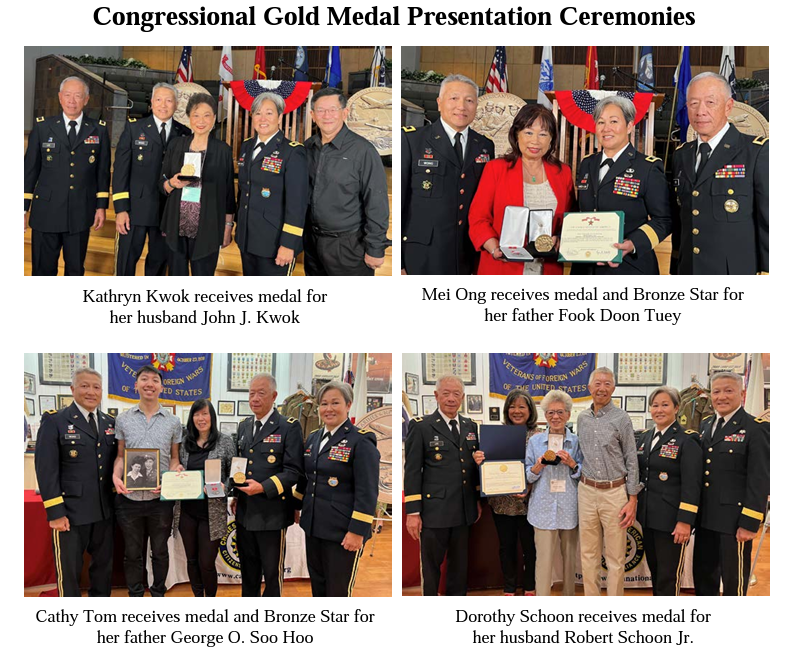
CHSSC was a community partner for C.A.C.A. ceremonies in Los Angeles and Simi Valley. At the four ceremonies, living Chinese American WWII veterans or their families received bronze replicas of the Congressional Gold Medal which was enacted in 2018. A special thanks to Major Generals Robert Lee, Suzanne Vares-Lum and Ted Wong as well as C.A.C.A. National President Melanie Chan.
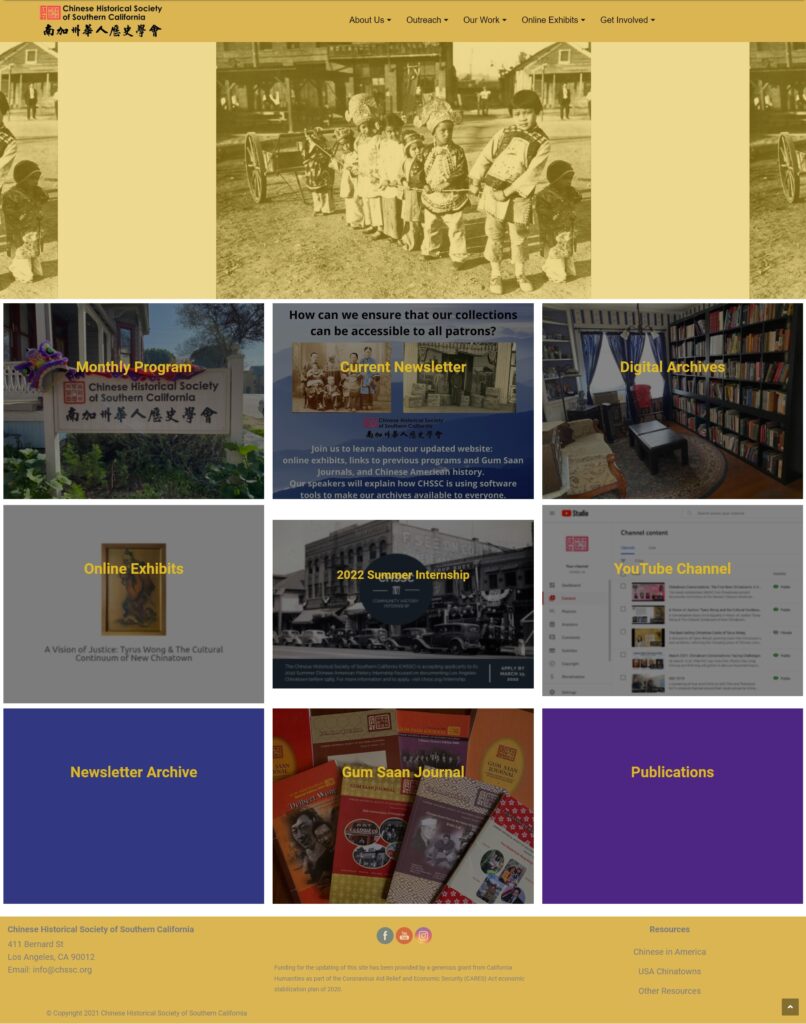
The launch of our new CHSSC website and Digital Archives was funded by a generous donation. It took three years, working with technology specialists, interns and our Collections Manager, to organize and share our digital assets with the public, including photographs, audio files from past oral history projects, and videos.
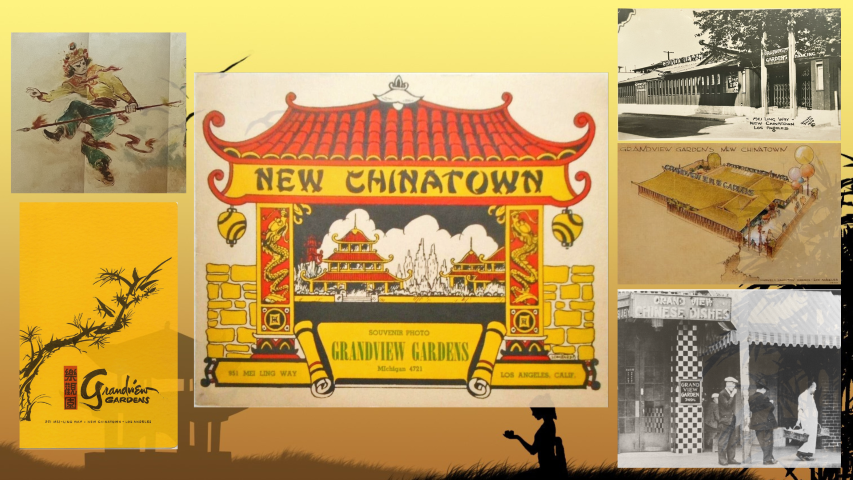
A virtual exhibit featuring the murals created by Tyrus Wong for Grandview Gardens Restaurant premiers. These unique murals have not been on display since the mid-90s. The exhibit reveals Tyrus's original concepts and drawings for the artwork produced in 1961. Grandview Gardens history, in both Old and New Chinatowns, is also displayed through Wong family interview, photos, artifacts, and newspaper accounts.
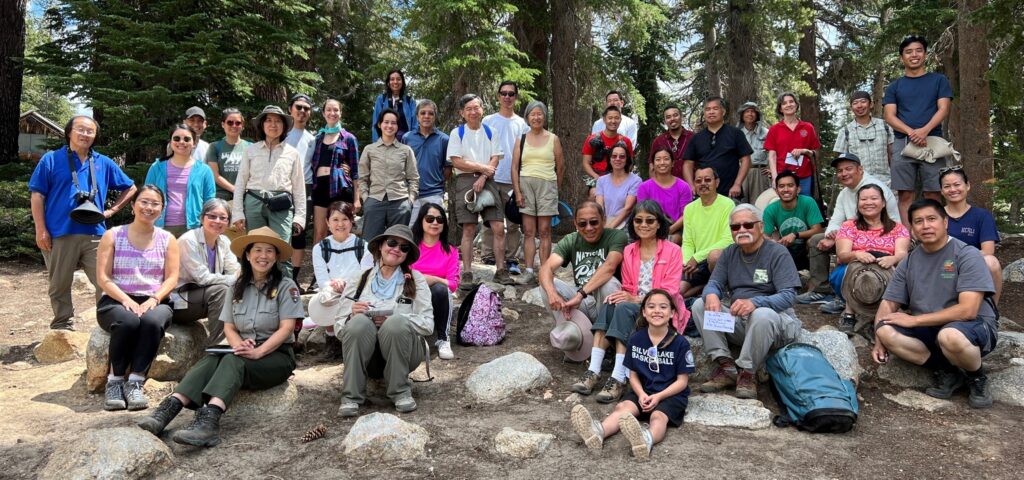
Despite the nearby Washburn Fire, a large group attended this milestone event, celebrating the Chinese contribution to the establishment of Yosemite as a National Park. Many thanks to Ranger Yenyen Chan and others whose efforts have made this history known.
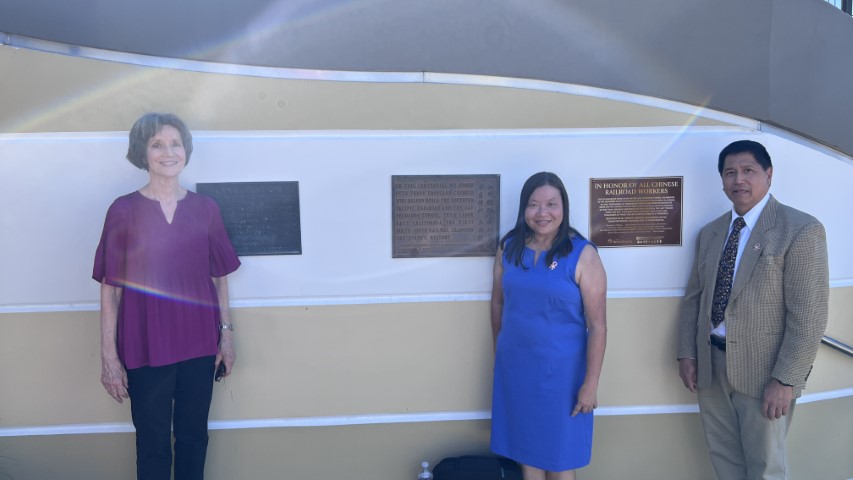
At the ribbon cutting ceremony for the newest Metrolink station in Santa Clarita, CHSSC President Ricky Leo spoke about the contributions of the Chinese in the building of the railroad, including the 7,000 foot long San Fernando Tunnel. The historic plaque that the Historical Society dedicated in 1976 at the nearby Lang Station, which is no longer in operation, was moved to this new location. The 1976 dedication was for the 100th anniversary of the driving of the last golden spike completing the railroad between San Francisco and Los Angeles. He told the crowd about how the 3,000 Chinese laborers who blasted through solid rock, endured intense temperatures and lost lives and limbs to complete the tunnel.
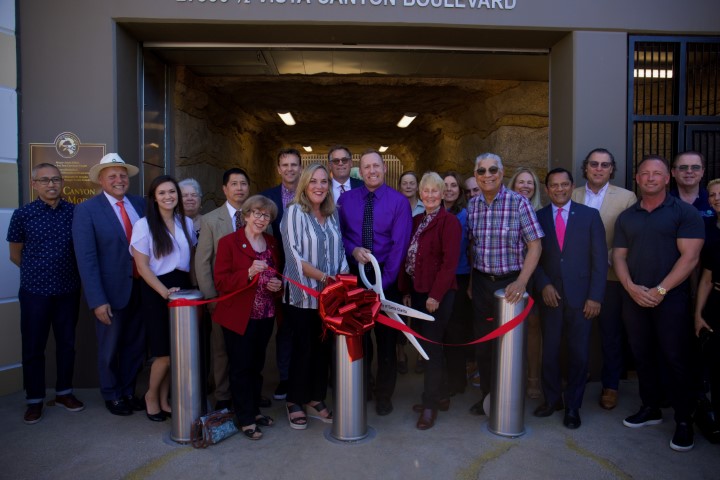
A new plaque honoring all Chinese Railroad Workers was also dedicated.
